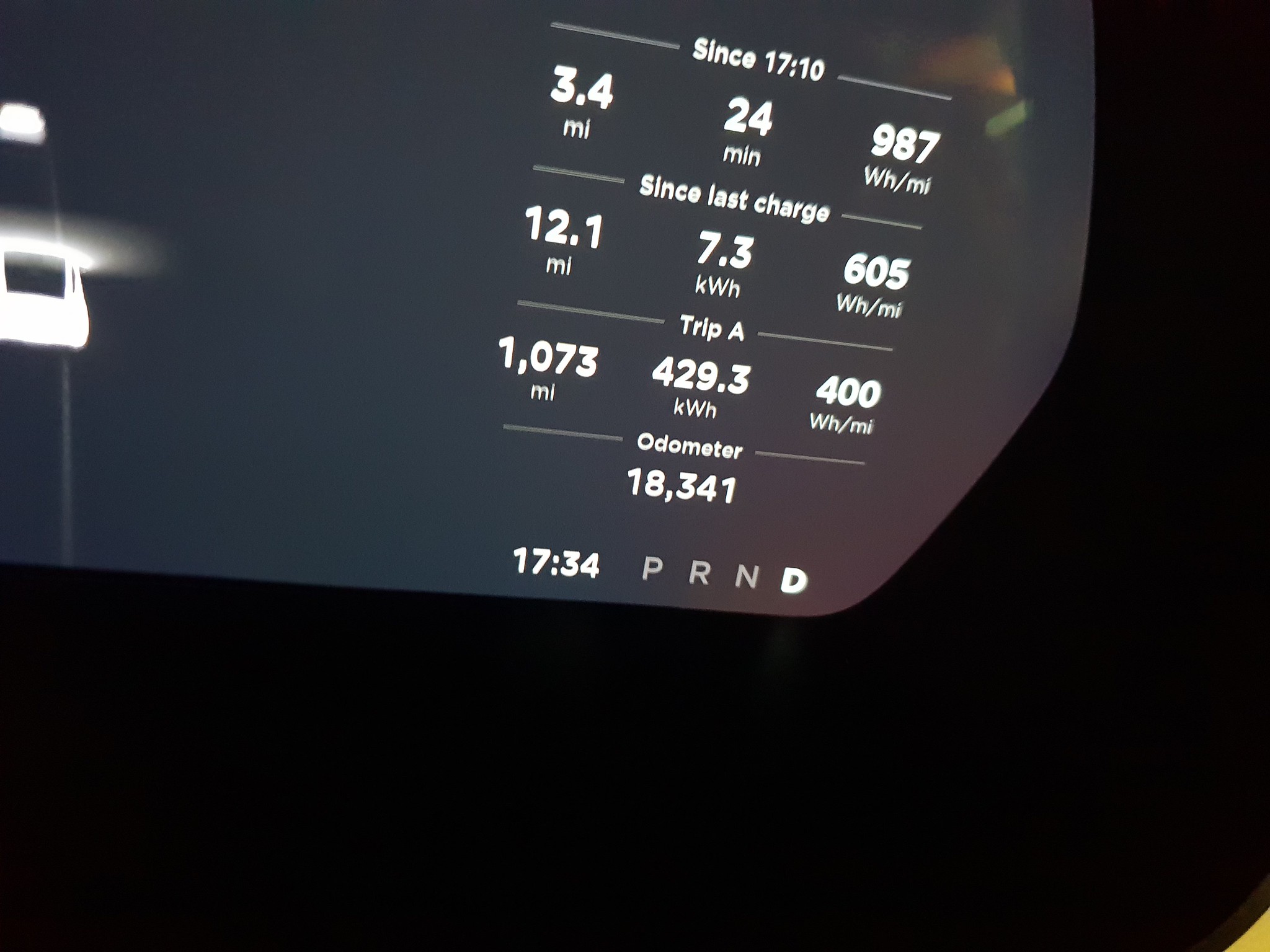I don't agree. An ICE car would have been much the same - terrible consumption on a cold day over a short distance. Just your fuel now, if you have home charging and a decent Off peak rate, is 1/5th of what you used to pay for Fossil.
Sorry, but this isn't news. When I go on a long journey in Winter, and if the outside temperature isn't much below 0C, I get about a 10% increase compared to Summer. Its the set-off cost, with a cold battery and cabin, that is the problem - obviously a problem for a short journey, or for a travelling salesman that stops for an hour or so at each customer.
For a long journey that can be mitigated by pre-conditioning off the mains. You could do that for your short journeys too, but if your Off peak rate is cheap then makes more sense to pre-condition off the battery, given you won't be range-challenged.




